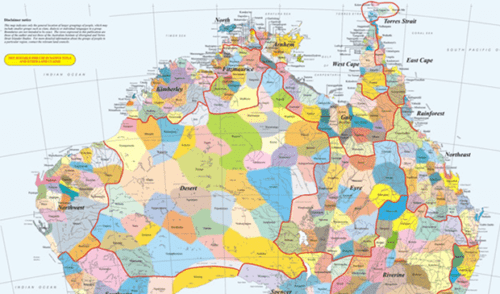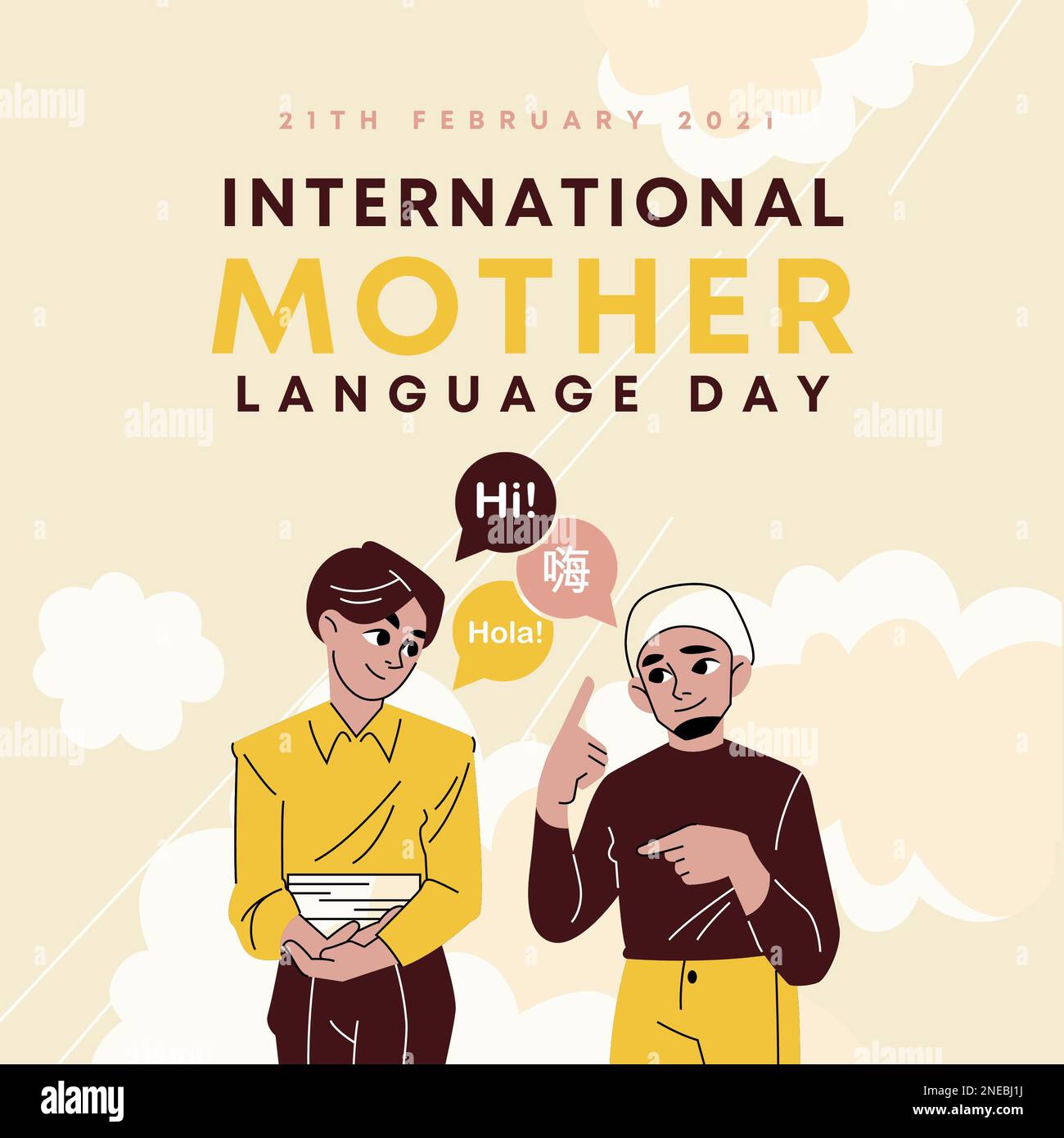Melbourne: A City of Diverse Tongues – Exploring the Language Landscape of Australia’s Cultural Capital
Melbourne: A City of Diverse Tongues – Exploring the Language Landscape of Australia’s Cultural Capital

Melbourne, Australia, is renowned for its vibrant culture, thriving arts scene, and captivating culinary experiences. But beyond these well-known facets lies a fascinating linguistic tapestry, woven from the diverse threads of its multicultural population. This article delves into the language landscape of Melbourne, exploring its history, current trends, and the impact of language diversity on the city’s unique character.
A History of Linguistic Fusion:
Related Articles: Melbourne: A City of Diverse Tongues – Exploring the Language Landscape of Australia’s Cultural Capital
- Guardians Of The Land: Exploring The Rich Cultural Heritage Of The Wiradjuri People
- A Bounty From Your Backyard: Exploring The Wonders Of Native Fruit Bearing Trees
- The Enduring Legacy Of The Kangaroo Track: A Journey Through Aboriginal Art And Symbolism
- From The Outback To The Cricket Pitch: A Celebration Of Aboriginal Cricketers
- Unraveling The Tapestry Of Aotearoa: Exploring The Māori Creation Narrative And Its Parallels With Aboriginal Dreamtime
Melbourne’s linguistic journey began with the arrival of the indigenous Wurundjeri people, whose language, Wurundjeri (also known as Woiwurrung), once resonated across the land. However, European colonization in the 19th century brought a dramatic shift, with English becoming the dominant language. This initial wave of settlers, predominantly from Britain and Ireland, established the foundations of Melbourne’s linguistic landscape.
The late 19th and early 20th centuries saw a surge of immigration from Europe, primarily from Italy, Greece, and Germany. This influx brought with it a vibrant array of languages, including Italian, Greek, German, Yiddish, and Polish. These languages thrived in distinct communities, creating pockets of cultural identity within the city.
The Post-War Boom and Beyond:
The post-World War II period witnessed a dramatic increase in immigration, with significant numbers arriving from countries like Vietnam, China, India, and Lebanon. This wave of newcomers enriched Melbourne’s linguistic tapestry further, introducing languages such as Vietnamese, Mandarin, Hindi, Arabic, and Cantonese.
The 21st century has seen the emergence of a new generation of immigrants, primarily from Southeast Asia, the Middle East, and Africa. This influx has contributed to the continued diversification of Melbourne’s linguistic landscape, with languages like Filipino, Indonesian, Somali, and Dari finding their place in the city’s cultural mosaic.
The Language of Everyday Life:
Today, Melbourne is a city where over 250 languages are spoken, reflecting its diverse and multicultural population. While English remains the dominant language, a significant portion of the population speaks another language at home. This linguistic diversity is evident in everyday life, from the multilingual signs in shops and restaurants to the vibrant conversations echoing through the city’s streets.
Language as a Bridge:
Melbourne’s linguistic diversity is not just a demographic phenomenon; it’s a source of cultural richness and a catalyst for social cohesion. The city has embraced language as a bridge, fostering a sense of belonging for its diverse communities.
- Community Language Schools: These schools play a vital role in preserving and promoting heritage languages, ensuring that the younger generations maintain a connection to their cultural roots.
- Multilingual Support Services: Organizations provide translation and interpretation services, facilitating communication and access to essential services for non-English speakers.
- Language Exchange Programs: Initiatives like language exchange events and online platforms create opportunities for people to learn from each other and build connections across language barriers.

The Impact on the City’s Identity:
Melbourne’s linguistic diversity has profoundly shaped the city’s character. It has fostered a vibrant cultural scene, enriched its culinary landscape, and contributed to its reputation as a tolerant and inclusive city.
- Cultural Festivals: Melbourne hosts numerous cultural festivals celebrating the languages and traditions of its diverse communities, showcasing the richness of its linguistic tapestry.
- Multicultural Cuisine: The city’s culinary scene is a testament to its linguistic diversity, with restaurants and cafes offering cuisines from around the world, reflecting the flavors and traditions of their respective languages.
- Global Perspective: Melbourne’s multilingual population fosters a global perspective, allowing residents to engage with different cultures and ideas, promoting a spirit of understanding and tolerance.

The Future of Language in Melbourne:
As Melbourne continues to evolve, its linguistic landscape will undoubtedly continue to shift. The ongoing influx of immigrants, coupled with the growing popularity of multilingualism, will likely lead to further diversification.
Challenges and Opportunities:
While Melbourne’s linguistic diversity is a source of strength, it also presents challenges.
- Language Barriers: Language barriers can hinder access to education, employment, and healthcare services for non-English speakers.
- Social Cohesion: Maintaining social cohesion in a multilingual society requires ongoing efforts to bridge language divides and foster understanding across cultural differences.
However, these challenges also present opportunities:
- Language Learning: Encouraging language learning among both native English speakers and immigrants can foster greater understanding and inclusion.
- Multilingual Workforce: Embracing multilingualism in the workplace can enhance productivity, creativity, and innovation.
Embracing the Language Tapestry:
Melbourne’s linguistic tapestry is a testament to its vibrant and diverse character. By embracing the city’s multilingual heritage, fostering language learning, and promoting cultural exchange, Melbourne can continue to be a beacon of inclusivity and a model of successful multiculturalism.
FAQ about Melbourne: A City of Diverse Tongues
Q: What are the most commonly spoken languages in Melbourne besides English?
A: The most common languages spoken in Melbourne, besides English, include Mandarin, Cantonese, Arabic, Vietnamese, Greek, Italian, Hindi, and Filipino.
Q: How does Melbourne support its diverse linguistic communities?
A: Melbourne supports its diverse linguistic communities through various initiatives like community language schools, multilingual support services, language exchange programs, and cultural festivals.
Q: What are the benefits of Melbourne’s linguistic diversity?
A: Melbourne’s linguistic diversity fosters cultural richness, enriches its culinary scene, promotes a global perspective, and contributes to its reputation as a tolerant and inclusive city.
Q: What are the challenges and opportunities associated with Melbourne’s linguistic diversity?
A: Challenges include language barriers, which can hinder access to services, and maintaining social cohesion. Opportunities include encouraging language learning and embracing multilingualism in the workplace.
Q: What does the future hold for language in Melbourne?
A: Melbourne’s linguistic landscape is likely to continue diversifying with the ongoing influx of immigrants and the growing popularity of multilingualism.
Conclusion:
Melbourne’s linguistic diversity is a vibrant tapestry woven from the threads of its multicultural population. It’s a testament to the city’s inclusive spirit, its cultural richness, and its ability to embrace change. By celebrating its linguistic heritage and fostering language learning, Melbourne can continue to be a model of successful multiculturalism, where language is a bridge connecting people and fostering a sense of belonging for all.

Closure
Thus, we hope this article has provided valuable insights into Melbourne: A City of Diverse Tongues – Exploring the Language Landscape of Australia’s Cultural Capital. We hope you find this article informative and beneficial. See you in our next article!



